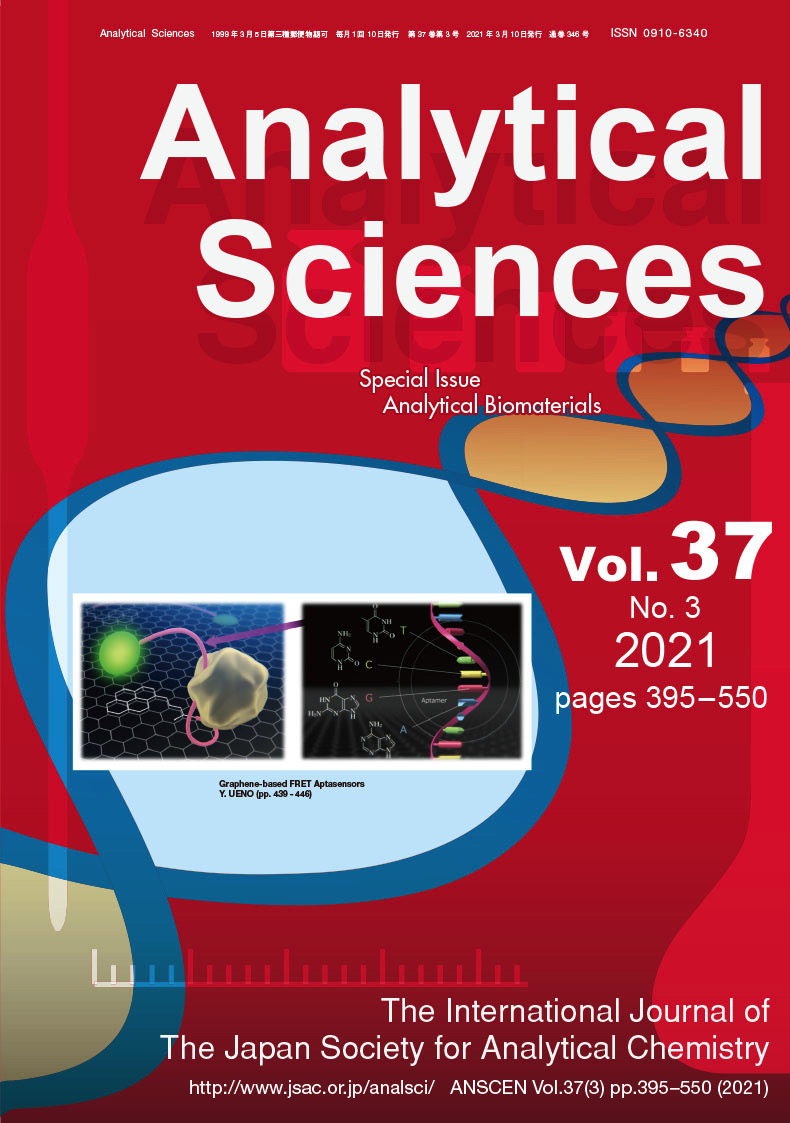Development of a sensor-compatible vascular microphysiological system for metabolic monitoring during drug-induced endothelial injury
Abstract
Endothelial metabolism is closely linked to vascular function and is often altered in response to pathological stimuli. Although vascular microphysiological systems (MPS) offer a promising in vitro platform for modeling vascular environments, the integration of real-time metabolic monitoring remains technically challenging. Enzyme-based electrochemical sensors are well-suited for detecting metabolites, such as glucose and lactate; however, their direct incorporation into culture systems is limited by the inactivation of enzymes under culture conditions. In this study, we investigated a vascular MPS with a sensor-compatible design to support future integration of printed enzyme-based biosensors. The device features a stacked open-bottom architecture that enables the integration of biosensors beneath the endothelial layer after monolayer formation, thus minimizing sensor exposure during culture. We validated the formation of an endothelial monolayer on a porous polyurethane membrane with a mortar-like structure and confirmed its compatibility with a model sensor substrate. As a preliminary step toward sensor-based metabolic analysis, we quantified glucose consumption and lactate production during endothelial monolayer formation and upon exposure to Minoxidil and Hydralazine, drugs known to induce vascular injury. These findings demonstrate the feasibility of sensor-compatible vascular MPS and provide foundational data to support the future development of integrated platforms for real-time metabolic monitoring in drug toxicity studies.
Graphical abstract

 求助内容:
求助内容: 应助结果提醒方式:
应助结果提醒方式:


